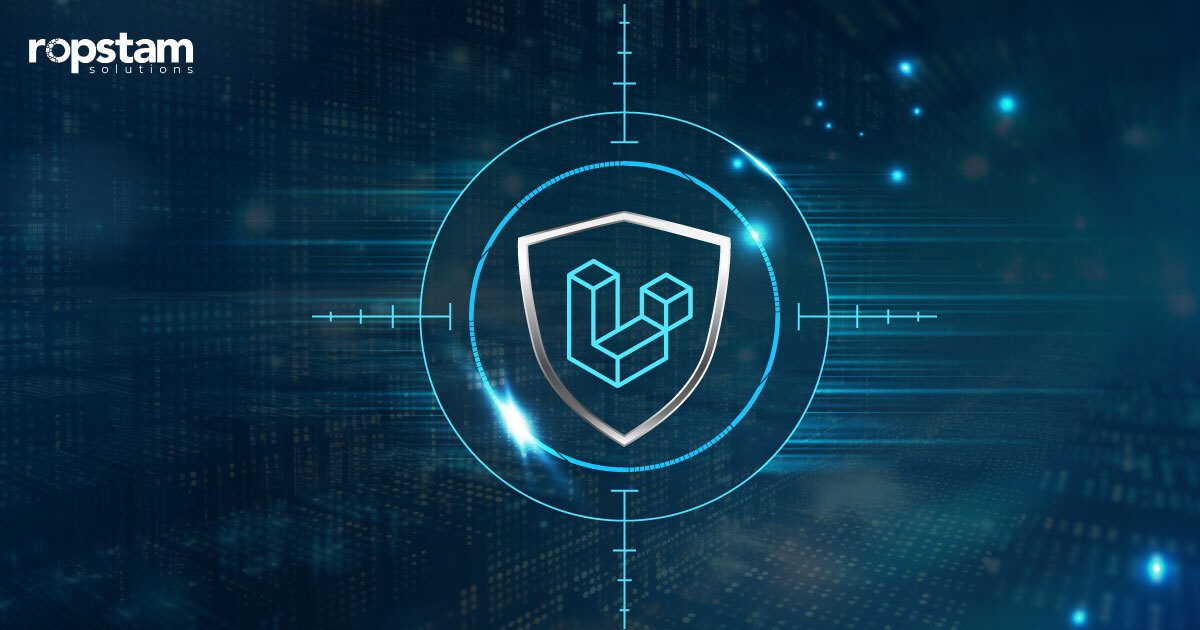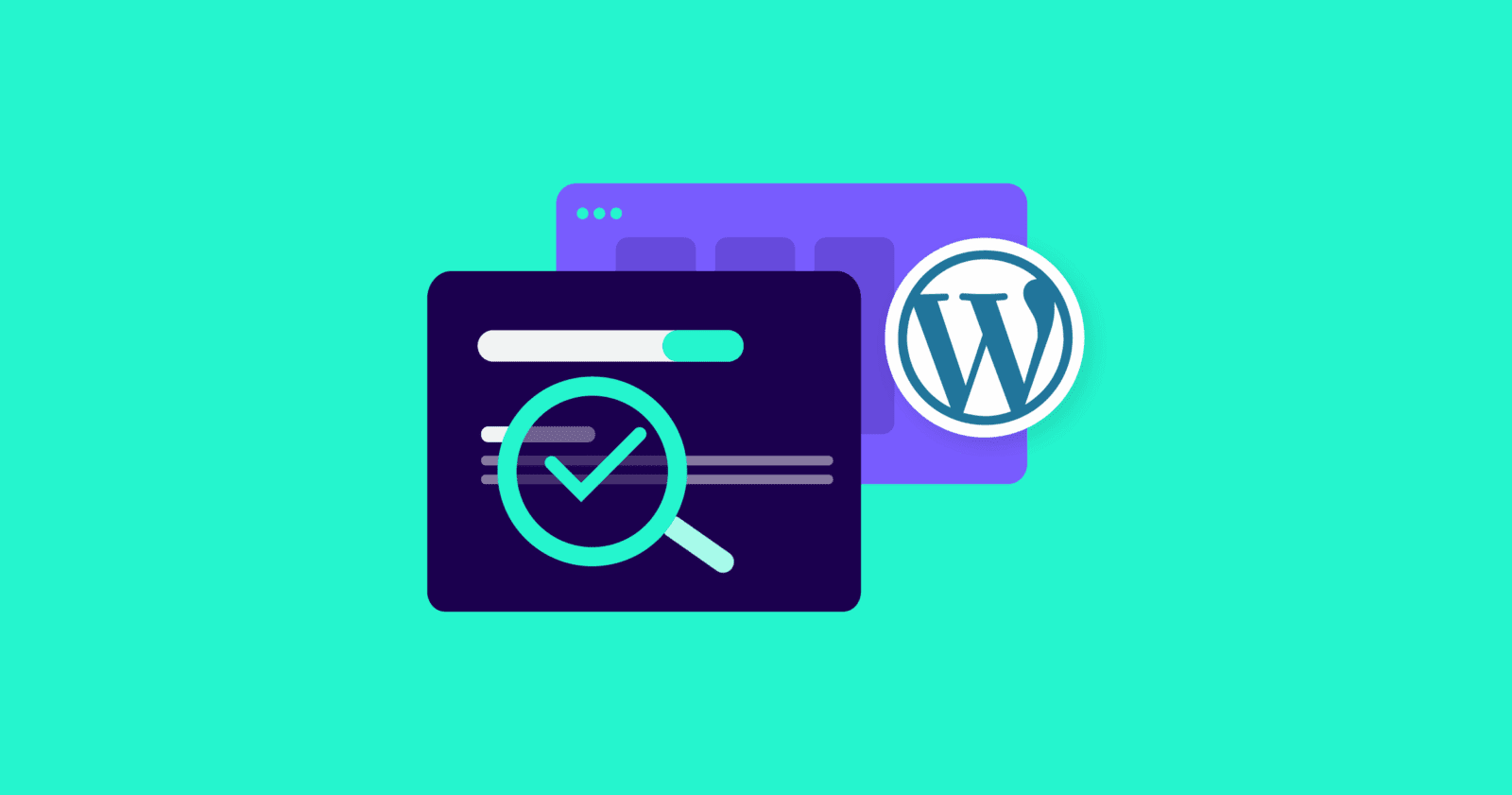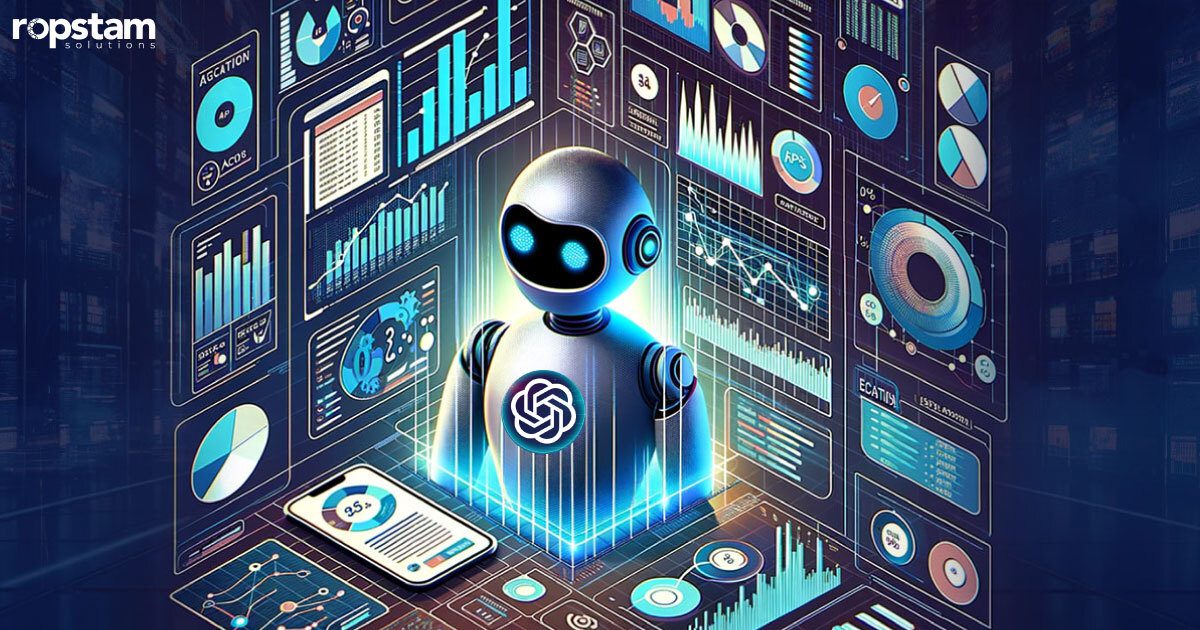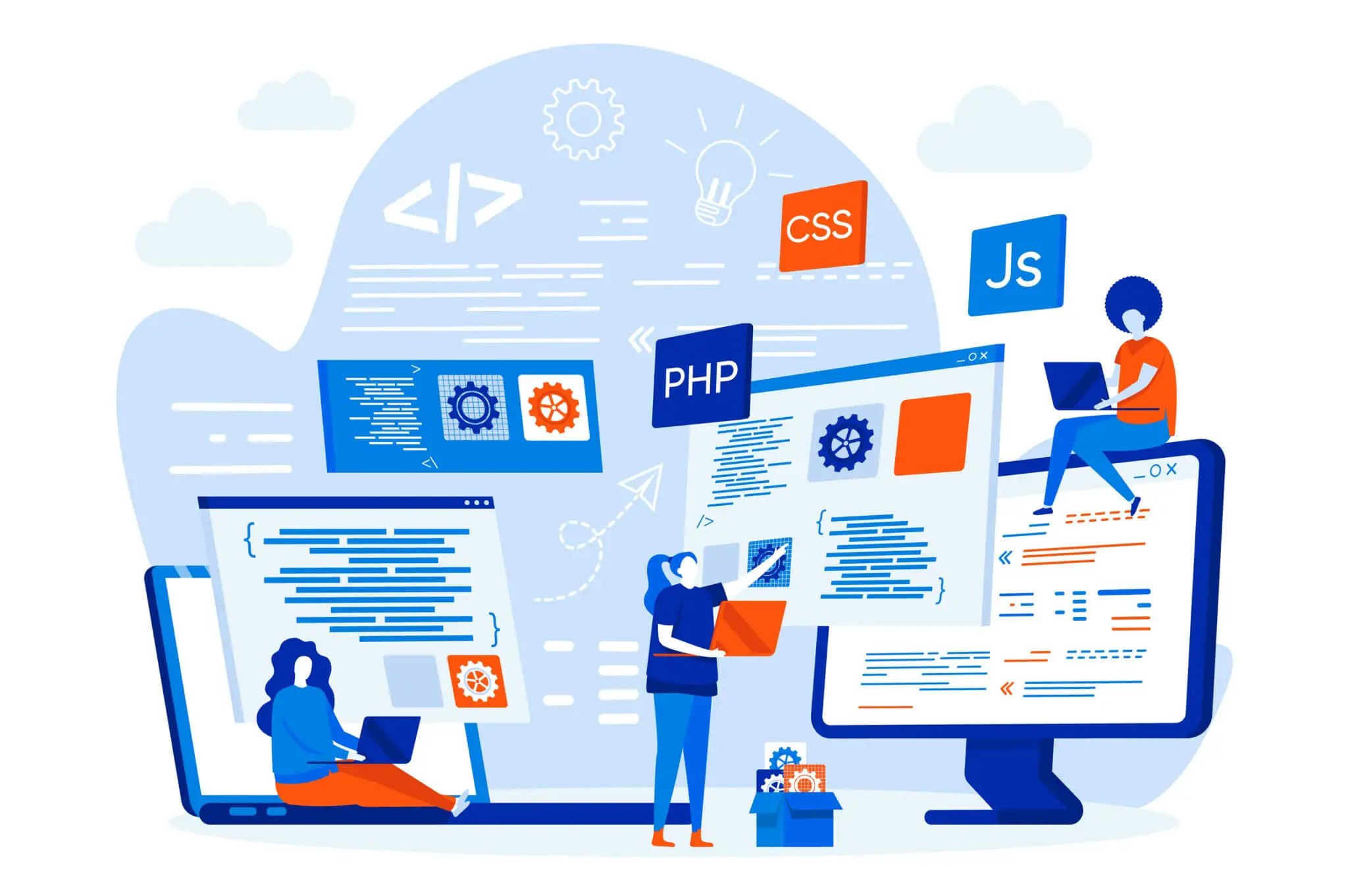In today’s day and age, securing your web applications is more important than ever. Cyber threats are on the rise, and human error is a common vulnerability. Never ever leave your application and user data exposed.
As per an eye-opening recent report, an estimated 30,000 websites suffer from a security incident of some kind. That’s a staggering 30,000 instances of user data being exposed and trust violated.
The good news, however, is that securing your Laravel application is within reach. By following best actionable security practices and taking proactive measures for Laravel, you can transform your code from an easy target into a fortress.
In this guide, we will provide you with the tips and tricks, knowledge, and tools you need to fortify your Laravel applications and prevent unauthorized access and data leaks.
Laravel security best practices for web and mobile app developers
If you are seeking the best approaches to secure your Laravel app, you have come to the right place. Utilizing the expertise of our Laravel developers, we have highlighted some of the practices you must adhere to.
- Implement Strong User Authentication
- Sanitize User Input
- Secure Databases
- Regular Monitoring
- Keep Your Laravel Application Up to Date
- Leverage CSP Headers
- Implement HTTPS
- Utilize CSRF Tokens
- Mitigate DoS Attacks
- Implement Application Firewalls
1. Implement strong user authentication:
Strong user authentication is the cornerstone of application security. Laravel offers various authentication mechanisms, such as password hashing, two-factor authentication, using password managers, and social login.
Implementing these measures discourages threat actors by ensuring that only authorized users can access your application, preventing unauthorized access and data breaches. Failure to implement strong authentication system can lead to account hijacking, data theft, security breaches, and other malicious activities.
2. Sanitize user input:
As a Laravel developer, you must keep in mind that user input is a common attack vector for web applications. Laravel provides built-in mechanisms for input sanitization and validation, such as the Request class and Form Requests. Sanitizing user input helps prevent various attacks like SQL injection, cross-site scripting (XSS), and code injection.
On the contrary, always remember that neglecting input sanitization can expose your application to severe vulnerabilities, leading to data breaches and even complete system compromise in some extreme cases.
3. Secure databases:
It goes without saying that databases are the lifeblood of web applications, storing sensitive user data and application configurations. Luckily, Laravel provides robust database abstraction layers and support for database encryption to secure your data while you are at rest.
Failure to secure databases can result in data breaches, unauthorized access to sensitive information, and severe legal consequences.
4. Regular monitoring:
Of utmost importance is monitoring your Laravel application for detecting potential security threats and vulnerabilities. With Laravel, you can get access to logging facilities, enabling you to track application events, and monitor errors, and suspicious activities.
Neglecting this approach and leaving your Laravel application unchecked for months can invite threat actors, resulting in security incidents at regular intervals.
5. Keep your Laravel application up to date:
Laravel framework understands the importance of keeping ahead of recent trends and, therefore, actively releases security updates and patches to address vulnerabilities. Keeping your Laravel application up to date ensures that you benefit from the latest security enhancements and fixes, reducing the risk of known vulnerabilities being exploited.
On the other hand, failing to update your application can expose it to publicly disclosed vulnerabilities, putting your users’ data at risk.
6. Leverage CSP headers:
Cross-site scripting attacks are a major threat to the integrity and reputation of your web application. Content Security Policy (CSP) headers are an effective way to mitigate cross-site scripting (XSS) attacks by restricting the sources from which resources can be loaded.
Thankfully, Laravel provides built-in support for CSP headers, allowing you to configure and enforce a strict content policy for your application. Neglecting such headers can leave your application vulnerable to XSS attacks, which can lead to data theft, session hijacking, and other malicious activities. So, have strong XSS protection to avoid such breaches of security.
7. Implement HTTPS:
Hypertext Transfer Protocol Secure (HTTPS) is a secure version of the HTTP protocol that encrypts communication between the client and server. Laravel supports SSL certificates or HTTPS out of the box, ensuring that sensitive data, such as login credentials and user information, is transmitted securely over the network.
If you fail to implement HTTPS, you can potentially expose your users’ data to eavesdropping and man-in-the-middle attacks, compromising the confidentiality of sensitive information.
8. Utilize CSRF tokens:
Cross-Site Request Forgery (CSRF) is an attack where an attacker tricks a user’s browser into sending unauthorized requests to a web application. Laravel automatically generates and validates CSRF tokens for every form, preventing CSRF attacks.
Neglecting CSRF protection can allow attackers to perform unauthorized actions on behalf of authenticated users, such as modifying user data, executing financial transactions, or compromising system integrity.
9. Mitigate DoS attacks:
Are you prepared to protect your Laravel application from devastating Denial-of-Service (DoS) attacks? Such attacks are particularly lethal, as they aim to make your application unavailable to legitimate users by overwhelming it with excessive traffic.
With Laravel’s rate limiting and throttling mechanisms, you can mitigate DoS attacks. Meanwhile, failure to implement proper DoS mitigation can result in your application becoming unresponsive, resulting in service disruptions and potential revenue loss.
10. Implement application firewalls:
Is your Laravel application under constant threat from malicious attacks? Worried about vulnerabilities like SQL injection or cross-site scripting? Don’t think hard about it because Web Application Firewalls (WAFs) can prove to be your guardian angel.
Imagine a shield protecting your Laravel application from the wild internet. That’s exactly what a WAF does. It sits between your application and incoming traffic, acting as a security checkpoint. Any suspicious activity gets blocked, keeping your data safe and sound. That’s the reason why implementation of WAFs is highly recommended for every Laravel developer, beginners and pros alike.
Laravel security packages you must know
To make your web application more secure, there are several Laravel security packages for backend developers. Here are some of the most commonly used ones:
1. Laravel-ACL:
A powerful package, Laravel-ACL, provides a robust Access Control List (ACL) system for your Laravel applications. This package allows you to define roles and permissions, enabling you to control access to specific routes, controllers, or even individual actions based on the user’s role and assigned permissions.
Laravel-ACL package assists in safeguarding routes and CRUD controller methods within applications. With this Laravel security package, you can ensure that only authorized users can access and perform specific actions within your application.
2. Laravel security:
Laravel security is a comprehensive package that offers a wide range of security features to protect your Laravel apps. It includes functionalities such as two-factor authentication, password strength validation, user activity logging, and brute-force attack prevention.
Additionally, this useful package simplifies the implementation of common security best practices, enabling you to enhance the overall security of your application while saving time and effort.
3. Laravel security component:
The Laravel Security Component is an essential package supported and maintained by the Laravel community. It provides a set of security-related features and utilities that help you secure your Laravel applications.
The Laravel security component integrates the Symfony security core into Laravel to actively secure roles and objects. This package includes functionalities such as secure password hashing, random string generation, and encryption/decryption helpers.
Furthermore, it offers tools for preventing common web vulnerabilities, such as cross-site scripting (XSS) and cross-site request forgery (CSRF) attacks.
Key Laravel security vulnerabilities you should know about
To stay one step ahead of attackers, you must be aware of any weaknesses in your web application that can invite threat actors. Stay informed, conduct regular security audits, and thwart cybercriminals.
1. Cross-Site Scripting (XSS):
XSS vulnerabilities occur when user-supplied data is not properly sanitized before rendering it on a web page. This can allow attackers to inject malicious scripts, leading to account hijacking and potential data breaches, which can result in financial losses and severe reputational damage.
2. SQL injection:
SQL injection vulnerabilities arise when user input is not properly validated or sanitized before being used in database queries. Successful exploitation can grant attackers unauthorized access to sensitive data, data manipulation capabilities, or even complete control over the database server in some circumstances.
Laravel’s Eloquent ORM relies on PDO binding, which acts as a protective measure against SQL injection attacks. This functionality guarantees that no client can alter the intended purpose of SQL queries.
3. Cross-Site Request Forgery (CSRF):
This is the kind of vulnerability that allows attackers to perform unauthorized actions on behalf of an authenticated user. If exploited, attackers can carry out malicious activities like transferring funds, modifying user data, or executing administrative actions, leading to financial losses, data breaches, and a tarnished reputation.
4. Insecure file uploads:
Handling files is an important part of any web application. Improper handling of uploaded files can expose your application to various threats, such as remote code execution, malware distribution, or sensitive data leakage.
Successful exploitation of this weakness can result in complete system compromise, data theft, and financial losses, as well as legal implications and reputational damage.
5. Unauthorized access:
It is pertinent to mention that improperly implemented authentication and authorization mechanisms are common causes of unauthorized users gaining access to sensitive areas of any web application. This can lead to data breaches, financial losses, and severe reputational damage for your company.
That is why implementing strong user authentication in a Laravel application is necessary to prevent such losses.
Why is Laravel security important for applications?
Have you ever wondered why security matters in Laravel framework? The stakes are indubitably high when it comes to web application security, keeping in mind the storage of sensitive user information.
As a Laravel developer, remember that these systems are prime targets for cyberattacks, which can lead to the compromise of sensitive data, unauthorized operations, and damage to your reputation. The consequences can be devastating, both financially and legally.
Now imagine that after all the efforts you have put in, your application eventually falls victim to an XSS attack, leaks user credentials in an SQL injection, or is taken over in a CSRF attack. These are all too common vulnerabilities in Laravel apps – results are data breaches, compromised user details, and legal repercussions.
As Laravel developers, it’s your responsibility to build secure systems for forestalling potential cyberattacks. By implementing best practices and staying up to date on security threats, you can protect your Laravel applications, your users, and your reputation. It’s not just about writing code – it’s about building trust with those who use these applications.
Get Laravel development services from Ropstam Solutions
With cyberattacks on the rise, it is of utmost importance to keep your website secure and protected. This article is a comprehensive guide to help Laravel developers forestall cyberattacks by adhering to specific guidelines and being aware of any vulnerabilities in the system.
At the heart of a successful web app project is a team of front-end and back-end developers who work in harmony to craft the final product. Ropstam Solutions boasts a professional web app dev team consisting of experienced Laravel developers who adhere to key principles, ensuring secure web app development. Got a Laravel project you want to discuss? Don’t hesitate to contact us today.














